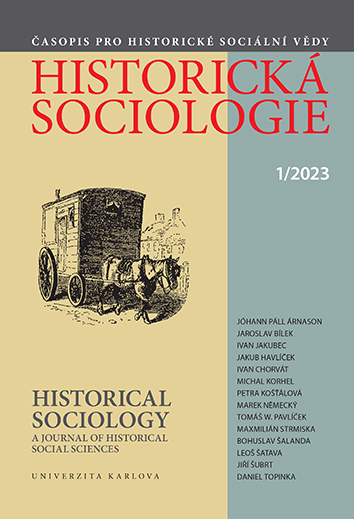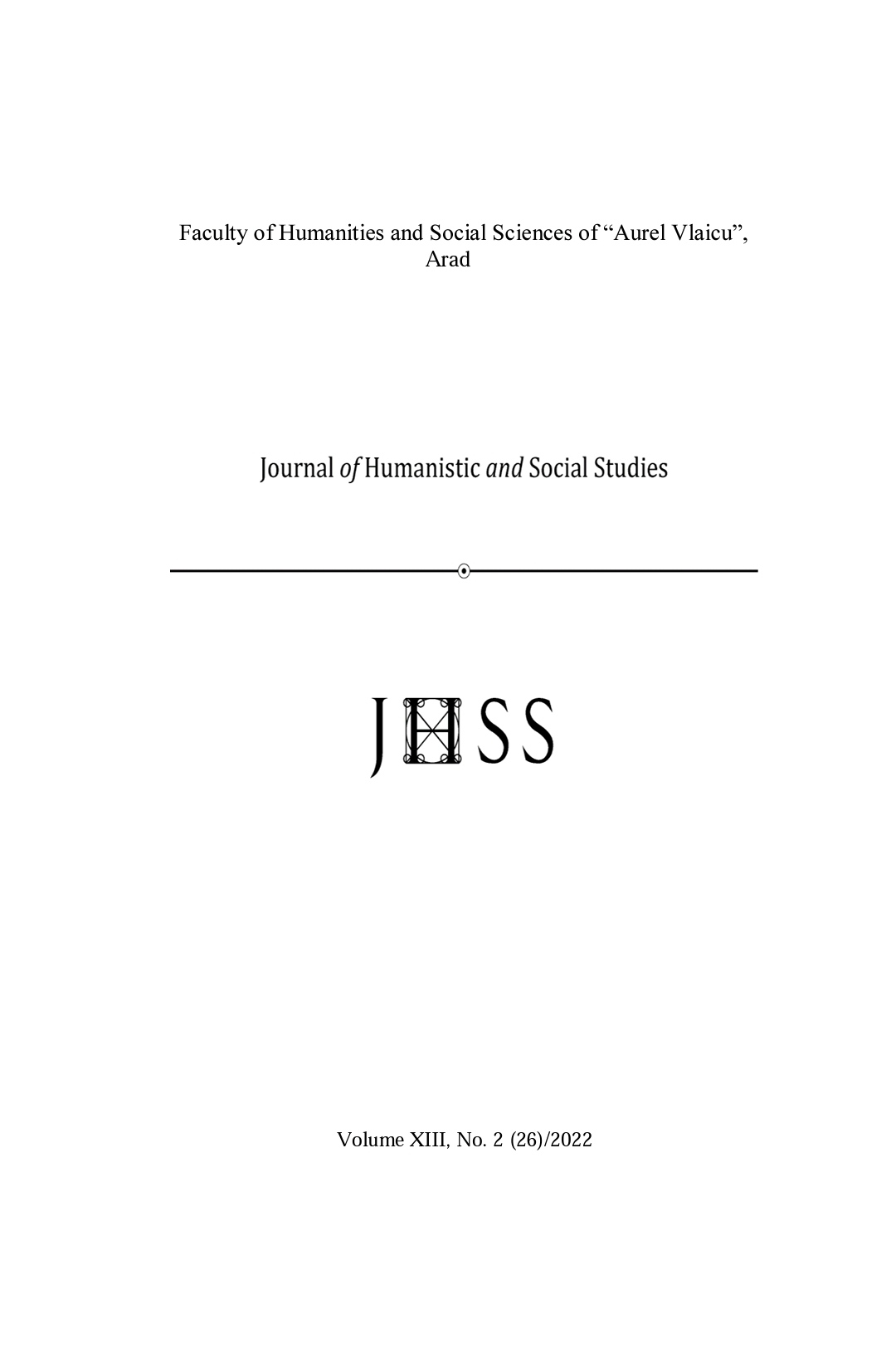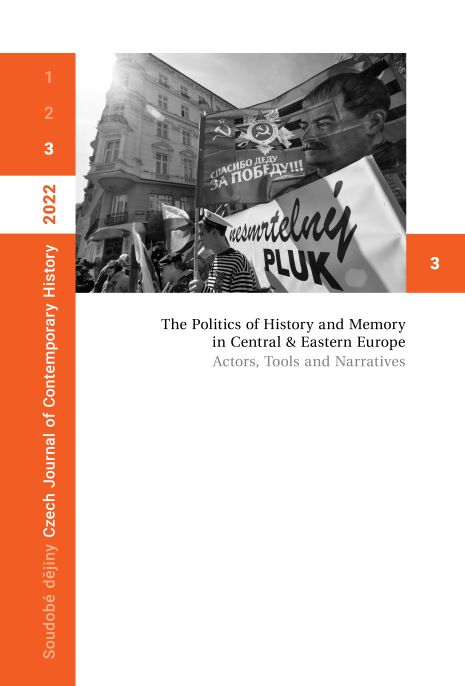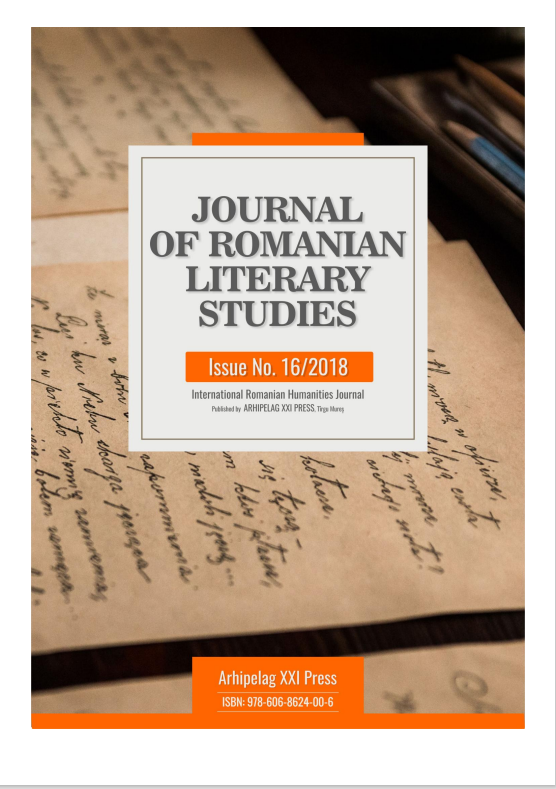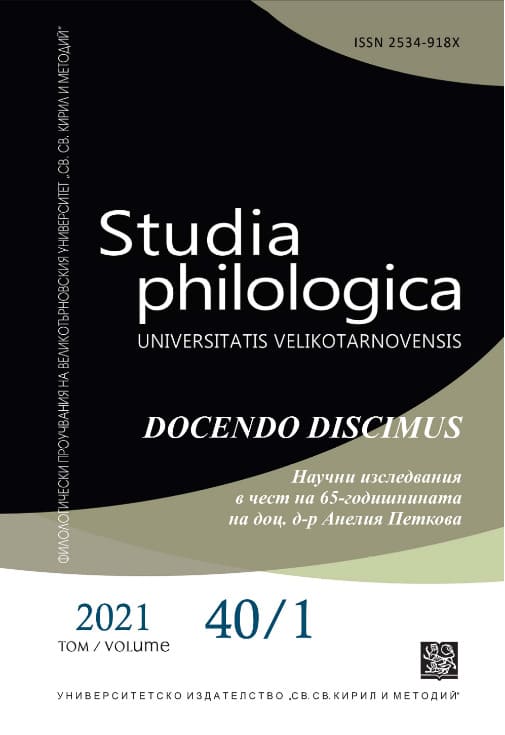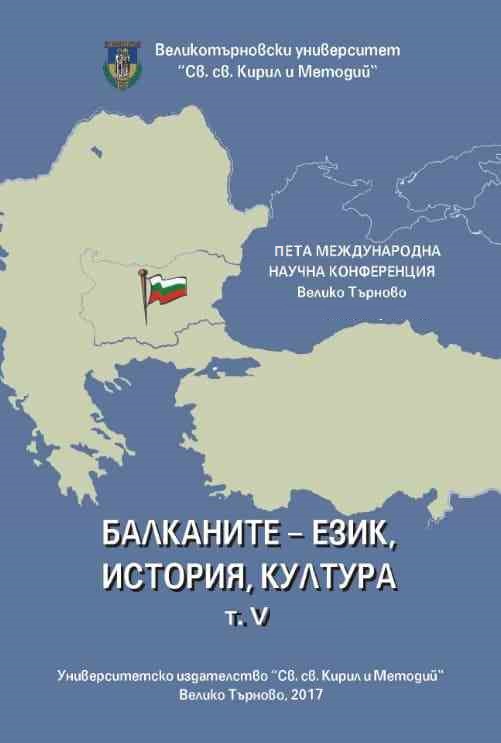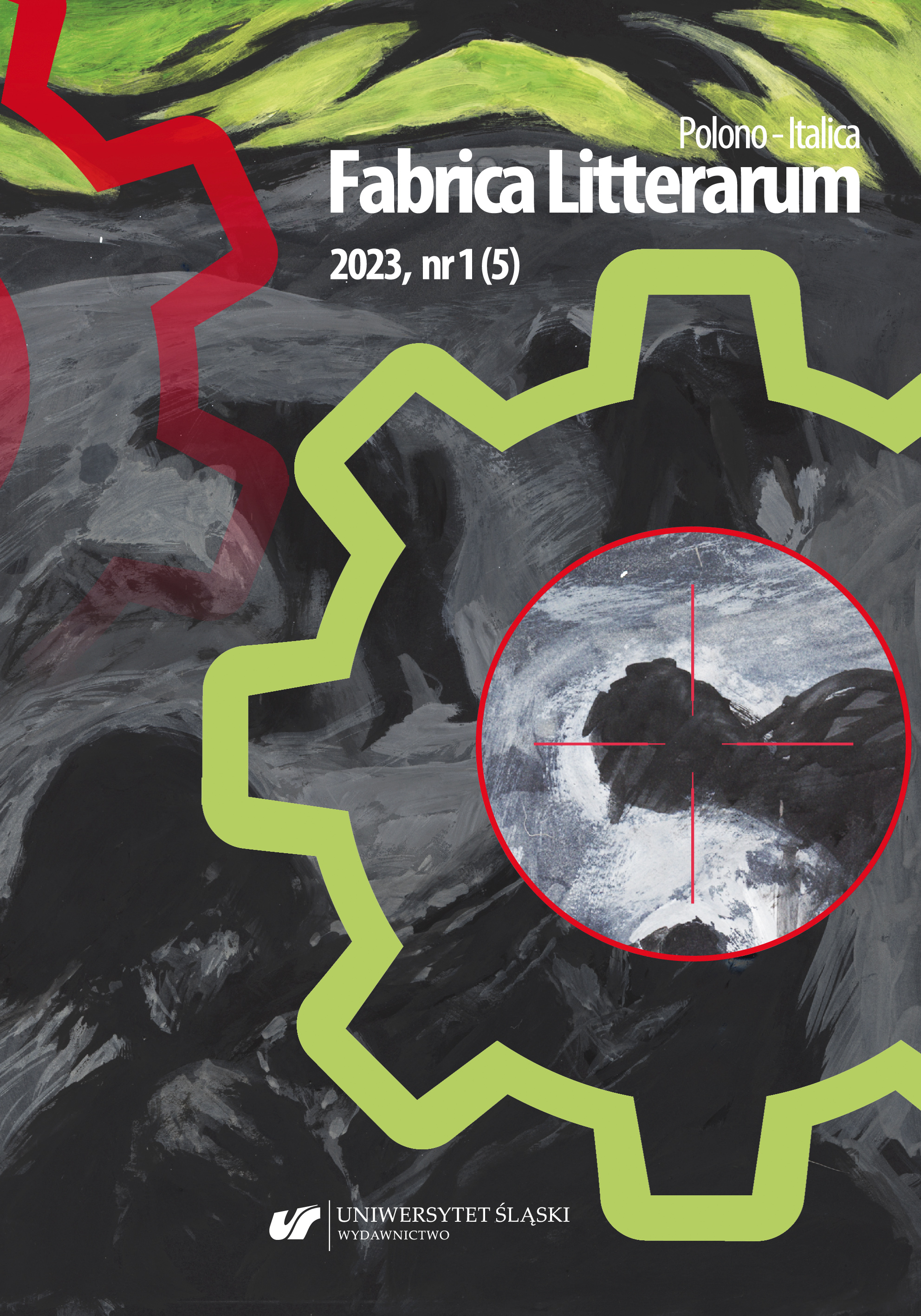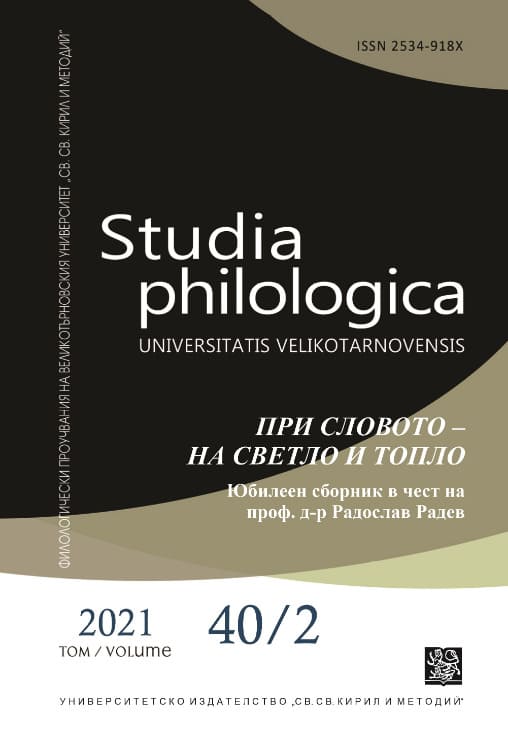
Софийските мъченици от XVI в. като продължение на „плана Кантакузин“
The martyrdom feats of George the New of Sofia, George the Newest of Sofia and Nicholas of Sofia the New for the Christian faith are organised by the Athos School for New Martyrdom, established in 1500. Considering their sequence (in 1515, 1540 and 1559) and the chosen location, they appear to be a continuation of the Kantakouzenos Plan from the last three decades of the 15th century, according to which the Patriarchate of Constantinople made an unsuccessful attempt to separate the Rila Monastery from the Great Church of Tsarevgrad Tarnov. Through the Athos import of new martyrdom in Sofia in the first half of the 16th century, the Patriarchate aimed to discredit the authority of the Great Church in order to seize the diocese of the Sofia Metropolitanate. However, this attempt was not successful: with the third martyr, the Bulgarians recognised the robber and his feat remained unheard, and the Torture of Nicholas of Sofia the New became known as late as in 1879 when its only copy by the Russian Slavist Polychronios Syrku was discovered in the Sofia Metropolitan Church.
More...
